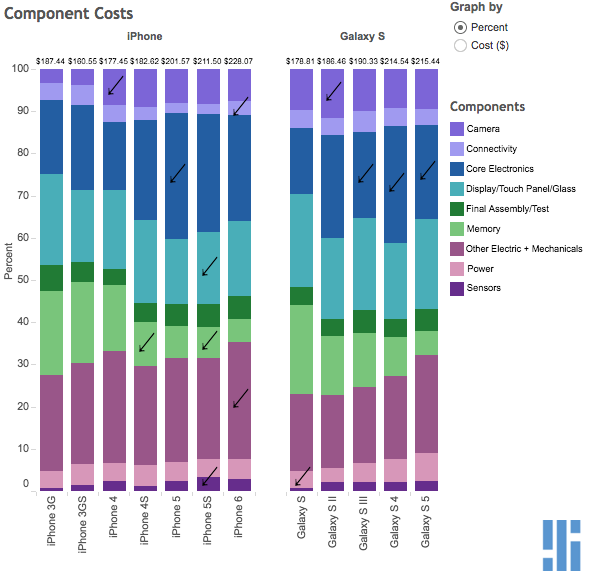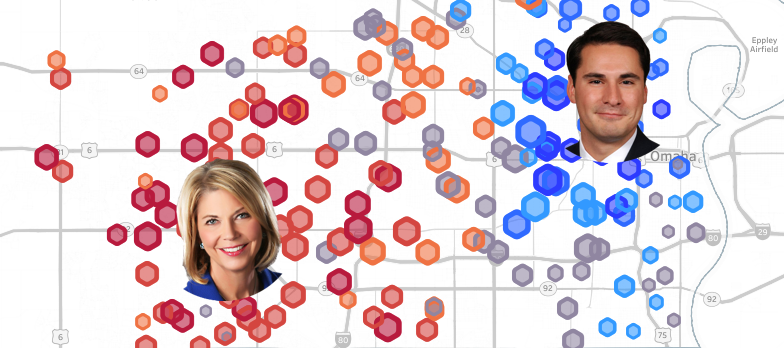
by Nate Watson | Jun 15, 2017 | News
The iPhone versus Galaxy debate. There just doesn’t seem to be a clear way to compare them. Until now. We found a data visualization on Tableau Public by Sarah Lewin that breaks down the two smartphones so buyers can make an educated choice, or just finally...

by Nate Watson | Jun 1, 2017 | News
Do you think the Midwest is just a bunch of old barns and prairie grass? Think again. Inc. Magazine just reviewed some of the reasons why tech startups are flourishing in Chicago. (You can read the full article here.) It’s true that the Midwest does tech just as...

by Nate Watson | May 23, 2017 | News
In the next few years, CAN is predicted to be among the nation’s leaders in data science. We have an impressive resume to back this up. We’ve worked with multiple Fortune 500 hundred companies, and many more Fortune 1000 companies all over the globe and have built a...

by Nate Watson | May 16, 2017 | News
Last week, incumbent Jean Stothert won re-election in the 2017 Omaha Mayoral Election, defeating challenger Health Mello by a 53-to-47 percent margin. Let’s take a closer look at how the Republican fared in the polls over her Democratic challenger. This map was...

by Nate Watson | May 11, 2017 | News
Open up any computer at the CAN headquarters and you’ll see our favorite data science website as our homepage: datasciencecentral.com. Articles, webinars, resources, ideas, tools, you name it. If it’s related to data science, it’s there. Today,...






